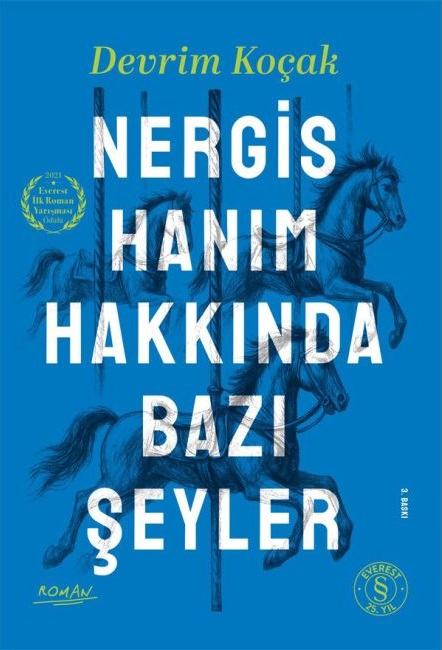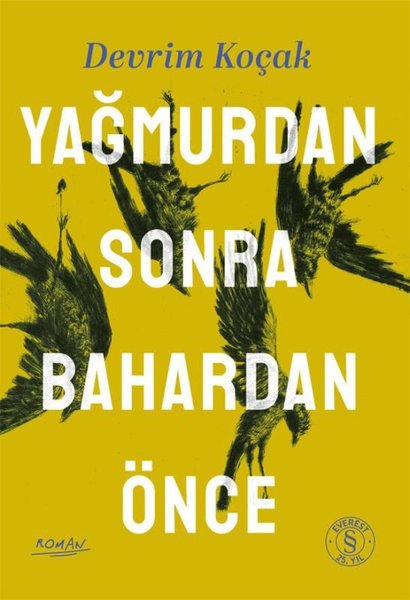Do the characters in Victor Hugo’s novels take a stance against social injustice, inequality, and authority?
- The Characters’ Attitude Against Social Injustice and Inequality
In Hugo’s works, themes such as social injustice, class inequalities, poverty and social exclusion are at the center of the characters’ existential struggles. The protagonist of Les Misérables, Jean Valjean, is the strongest symbol of these themes. Valjean is a character who was sentenced to years of hard labor for stealing a loaf of bread. His story questions how the social order punishes the individual and how moral crime becomes relative in the face of the injustice of the system. Valjean’s journey is a narrative parallel to Rousseau’s critique of social structures that restrict the freedom of the individual in The Social Contract. While Rousseau argues that society should be based on a contract that liberates the individual, Hugo shows through Valjean that this contract is violated. Valjean’s guilt is not an individual moral flaw, but rather a result of society’s imposition of poverty and inequality.
Valjean’s transformation is not only a story of individual redemption, but also a Kantian quest for moral autonomy. Kant argues that an individual should base their moral actions on maxims that can be generalized as a universal law. After Valjean is released from prison, he encounters the mercy of Bishop Myriel, and this encounter awakens his moral consciousness. By constructing his own moral autonomy, Valjean takes a stand against social injustices: as a factory owner, he treats workers fairly, by saving Cosette, he soothes a mother’s despair caused by poverty, and ultimately, he rejects the “criminal” identity that society imposes on him. This shows that an individual can resist the injustices of the social order with his own moral will.
Similarly, in The Hunchback of Notre-Dame, Esmeralda is a victim of social inequalities and prejudices. Excluded because of her gypsy identity, Esmeralda is in a position similar to Hegel’s master-slave dialectic. As an individual who is seen as the “other” by society, her existence creates a contrast to define the identity of the ruling class. However, Esmeralda, with her innocence and love for humanity, creates a point of resistance against this exclusionary structure. While her tragic end reveals the destructive power of social inequalities on the individual, it also emphasizes the moral necessity of fighting against these injustices.
- Stance Against Authority and the Search for Freedom
Hugo’s characters exhibit individual and collective resistance against authoritarian structures. In Les Misérables, the character of Javert is the antithesis of Valjean as a blind representative of authority. Javert’s strict understanding of law is based on a philosophy similar to the need for absolute authority to ensure social order advocated by Hobbes in Leviathan. However, Hugo criticizes this absolutist understanding of Javert because this understanding ignores the moral and human dimension of the individual. Instead of submitting to Javert’s authority, Valjean redefines his freedom by remaining loyal to his own moral consciousness. This is a rebellion against Foucault’s concept of the panopticon: Valjean constructs his own subjectivity despite the surveillance and control mechanisms of society.
Another important dimension of Les Misérables is the revolutionary stance of Enjolras and the students in the Paris Uprising of 1832. Enjolras embodies Rousseau’s concept of the general will; the barricades under his leadership are a symbol of the people’s search for freedom and equality. This revolutionary movement also finds an echo in Marx’s theory of class struggle: the voice of the proletariat and the oppressed rises against the rule of the bourgeoisie. However, Hugo’s understanding of revolution is not a purely political rebellion, but rather a metaphysical expression of the human spirit’s desire for freedom. Enjolras’ tragic death emphasizes not the failure of the revolution, but humanity’s unwavering belief in the ideal of freedom.
In Toilers of the Sea, Gilliatt wages an individual struggle against the authority of nature and the social order. Gilliatt’s struggle with the harsh conditions of the sea demonstrates a will similar to Nietzsche’s concept of the “superman” (Übermensch). Gilliatt challenges the restrictions imposed by authority (both nature and society) by pushing his own existential boundaries. His solitary but determined stance represents the power of the individual to create his own meaning against authority.
- Philosophical Framework: Hugo’s Human-Centered Humanism
Hugo’s characters’ stance against social injustice and authority is a reflection of his humanist philosophy. This philosophy centers on the dignity and freedom of the individual; however, this individualism is completed with the transformation of society. Through his characters, Hugo argues that individual freedom must be compatible with social good, similar to John Stuart Mill’s utilitarianism. Valjean’s sacrifices, Esmeralda’s innocence, Enjolras’ revolutionary ideals, and Gilliatt’s will show that the individual can elevate the human condition by standing up to social injustice.
In addition, Hugo’s works can be read from an existentialist perspective. Sartre’s statement that “man is condemned to freedom” resonates in Valjean’s and other characters’ efforts to create their own meaning. They reject the identities imposed by social and authoritarian structures and construct their own essence. This enables the individual to become an active subject rather than a passive victim in the face of injustice and inequality.


